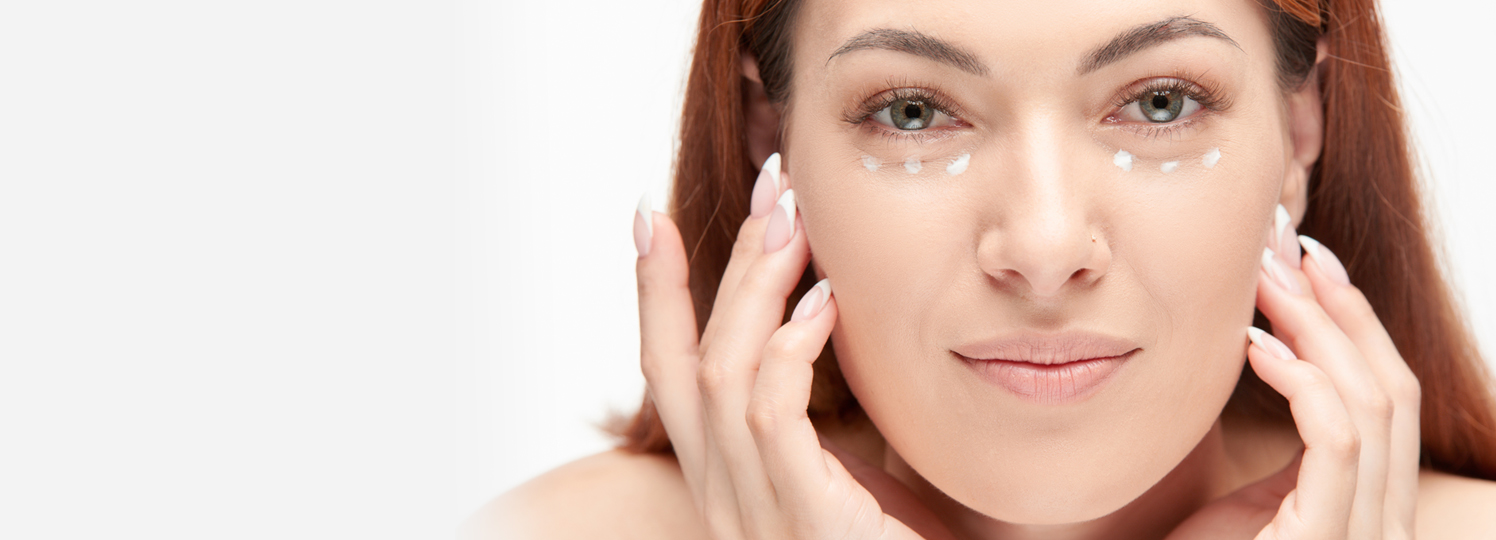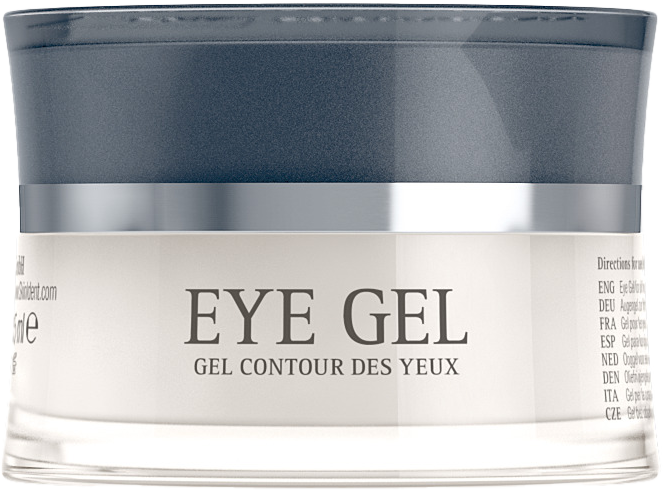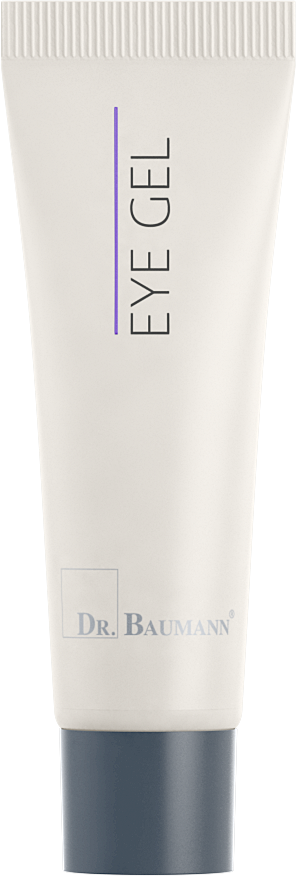

Eye Care



Eye Care
A special cream for the skin around the eyes.
A non-oily gel with ceramides, hyaluronic acid and vitamin E which deeply moisturizes the skin around the eyes. Recommended for loss of elasticity. The non-oily consistency makes it an idea base for long-lasting eye makeup.
Practical tip: The combined application of both eye care products (first the gel, and then the cream) has shown to be particularly effective.
15 ml Jar
Art.-Nr. 1011
7 ml Tube
Art.-Nr. 1459
Aqua, Butylene Glycol, Urea, D-alpha Tocopheryl Acetate, Glycosphingolipids (and) Phosphosphingolipids, Sodium Hyaluronate, Allantoin, Polysorbate 20, Tetrahydroxypropyl Ethylenediamine, Carbomer
Aqua:
Water. It accounts for around 65% of the weight of the human body and is therefore of fundamental importance for bodily functions, including those of the skin. In many cosmetic products (aqueous solutions, cleansers, emulsions), water is the ingredient with the largest proportion of the formulation in terms of quantity and forms the basis of the aqueous phase in emulsions. Water is a good solvent for polar (hydrophilic) substances such as alcohols, water-soluble vitamins or salts. For use in cosmetic products, the water used is generally pre-treated to remove microorganisms that could lead to spoilage of the product or dissolved salts that may impair the stability of emulsions or gels (sterilization and desalination).
Butylene Glycol:
Solvent with moisturizing effect on the skin, very good compatibility, should be preferred to propylene glycol in products used daily
Urea:
The water-soluble urea is used in numerous cosmetic products. Urea is a component of the natural moisturising factors of the horny layer (content between 7 % and 12 %; up to half lower in chronically dry skin) and has a high water-binding capacity. It contributes to sustained moisturisation of the skin and reduces transepidermal water loss. Urea has a keratoplastic effect, in higher concentrations it has a keratolytic effect and is therefore also used in the care of skin affected by psoriasis or atopic dermatitis (neurodermatitis). Urea is also able to reduce the irritating potential of surfactants.
D-alpha Tocopheryl Acetate:
Natural vitamin E acetate; storage form in the skin, is converted into the active form by dissolving the acetate bond; antioxidant with skin-protecting properties, e.g. against UV radiation, retains moisture, delays premature skin ageing
Glycosphingolipids (and) Phosphosphingolipids:
Precursor ceramides; are converted into the nourishing free ceramides on the skin surface
Sodium Hyaluronate:
Sodium salt of hyaluronic acid. Natural moisturiser with skin-smoothing properties, important natural component of the lower skin layers (dermis). Formerly produced from rooster combs, now produced in better quality by biotechnology.
Allantoin:
Allantoin is a body-identical, water-soluble substance and is chemically related to urea. It is found in various plants but is now produced synthetically for use in cosmetics. Its most important property is the stimulation of new cell formation. It promotes collagen formation, skin regeneration and wound healing, stimulates desquamation, smoothes the skin and can have a soothing effect on atopic dermatitis.
Polysorbate 20:
Emulsifier for O/W systems, solubilizer, is obtained from sorbitol.
Tetrahydroxypropyl Ethylenediamine:
Used to neutralise polyacrylate gel (carbomer), reacts alkaline in water.
Carbomer:
Neutral, polyacrylate-based gelling agent that is very well tolerated by the skin. Contrary to various claims, no “microplastics”.